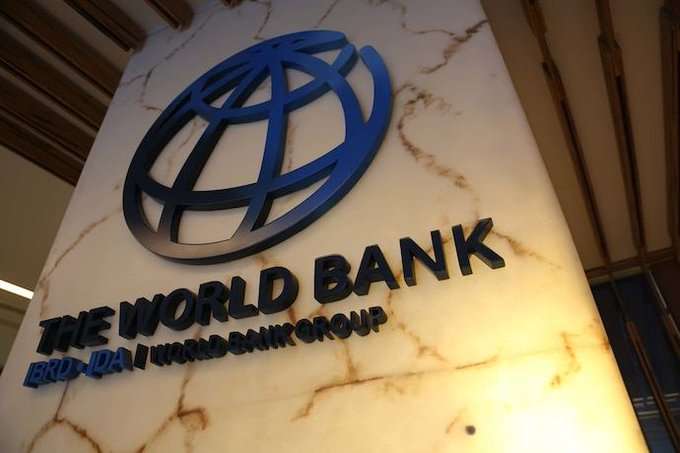The National Institute of Statistics (INS) launched, starting this month, a monthly newsletter that summarizes the most important statistical indicators published during the previous month, the institution announced on Tuesday.
Thus, the INS has already sent the first newsletter containing the indicators published during October, agerpres reports.
According to statistical data, Romania accumulates, every year, large trade deficits in agri-food products.
"The demand of the population and the agri-food industry is much higher than the national production for agri-food products. For many of these, we have a high production potential, but, unfortunately, for various reasons, their imports are large. Of these products for which we have recorded, at least in recent years, significant trade deficits, we mention only a few: pork, apples, milk, sour cream, etc. For other agri-food products obtained from the processing of raw materials, the internal demand of the population is satisfied to a fairly large extent through imports, mostly from EU countries. Let us mention, in this regard, only a few of these products: sugar, cottage cheese, sweets, etc. I wonder how much the trade deficit for agricultural products would increase if there were no trade surpluses for agricultural products included in three chapters (Chapter 10 - Cereals, Chapter 1 - Live Animals and Chapter 10 - Seeds) among the 23 chapters in which agri-food products are included?", the press release states.
Thus, during the first eight months of this year, Romania imported products worth almost 85.3 billion euros and exported products worth only 63.3 billion euros, recording under these conditions a deficit of almost 22 billion euros, the cited source specifies. Moreover, the deficit recorded during this period of the year for products subject to foreign trade activity increased by 4.9% compared to the results obtained for the same period last year.
"In the case of foreign trade in Food and Live Animals, we note that, in the first eight months of 2025, goods worth over 7.5 billion euros were imported and 4.1 million euros were exported, registering a deficit of 3.4 billion euros. All this, under the conditions in which exports in this period increased by 8.3% compared to those in the same period last year, and imports increased by 3.1%. Under these conditions, we note that trade in Food and Live Animals contributed to the deficit in trade in goods recorded in the first eight months by no less than 15%. Several aspects are relevant in assessing Romania's capacity to ensure the food consumption of the population from its own production and to reduce the external trade deficit in the following period," the document reads.
INS representatives claim that Romania is the country with the highest agricultural potential at European level.
"The size and characteristics of agriculture in our country, in a community context, result clearly from several statistical data: we own 7.2% of the agricultural area used in the European Union countries; against the backdrop of the excessive fragmentation of agricultural holdings, we own almost a third (32.7%) of the total agricultural holdings existing at European level; year after year, we obtain more than 10.7% of the cereal production at European level, and for some agricultural products (corn, wheat, sunflower, etc.) we are among the most important producers among European countries," INS specifies.
According to the cited source, Romania registers a significant trade surplus only in three chapters of agri-food products, namely: cereals, seeds and live animals.
"The products included in the three chapters are from the category of agricultural raw materials with a low added value; moreover, their production is largely influenced by climatic conditions, and the selling prices are dependent on developments on the main international markets," according to the quoted source.
At the same time, the INS mentions that Romania is an atypical country at EU level if we consider that more than 46% of the resident population lives in rural areas.
"From the point of view of ensuring the food consumption of this population, the following aspects must be taken into account: the aging phenomenon of the rural population is much more pronounced than in urban areas; agricultural production in households for many basic agricultural products has recently decreased, and the consumption of agri-food products is ensured by purchasing them from the commercial network that has recently expanded greatly in rural areas. Under these conditions, a significant part of the population, which in the past ensured its need for agri-food products from its own production, today, but especially in the future, is forced to resort to purchasing products on the free market," the document also states.
According to Statistics, in 2024, the country's foreign trade deficit was 33.4 billion euros, of which 4.9 billion euros, representing 14.7% of the trade balance deficit in goods, was in agri-food products.
"Moreover, a number of 31 basic agri-food products from the daily consumption of the population generated a deficit of over 4 billion euros in 2024; also this year, large deficits were recorded in agri-food products important for the population's consumption (for pork, a deficit of over one billion euros was recorded, for cottage cheese, over 400 million euros; for a traditional product, such as broth, more than 90% of domestic consumption is ensured only from imports, etc.)", the press release states.
































Comentează